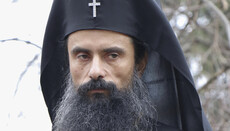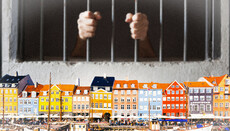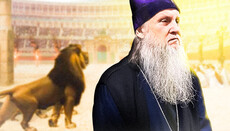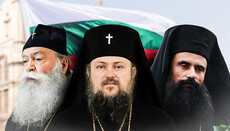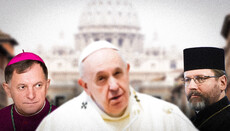Rada and UOC: How the Church acted in times of persecution
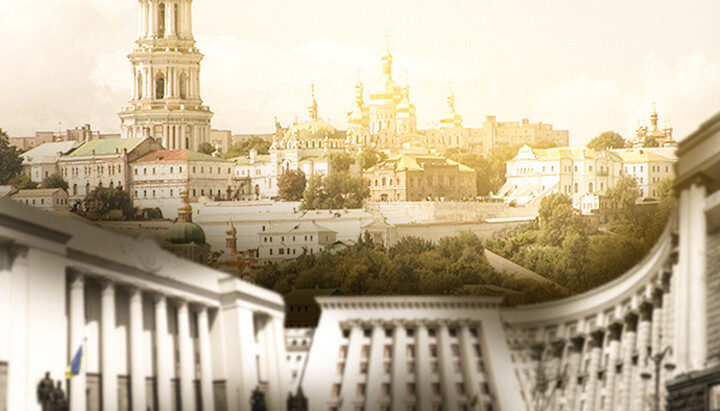
The Verkhovna Rada wants to ban the UOC. But this ban is not the first in the history of the Church. How did Christians respond to persecution in the past?
By all accounts, on October 19, 2023, the Verkhovna Rada of Ukraine intends to consider the law banning the UOC. We don’t know what will happen to the believers and the Church in our state down the road. Nor do we know exactly how the people of our country will react to this law. However, we do know how the Christians who lived before us treated persecution and prohibitions. Let's turn to these examples.
2nd Century: Church in Jerusalem
The historian Eusebius Pamphilius wrote about the early persecutions of Christians in Jerusalem. When the Jews initiated one of the first persecutions against Christians, Eusebius noted that the Christian population in Jerusalem simply left the city. They obeyed revelations given to the respected local elders and relocated to Pella, a city in Persia. Those who believed in Christ left Jerusalem, and in general, all the saints departed from the capital of Judea and the entire land of Judea.
What happened to Jerusalem after the Christians departed? Eusebius recorded that divine judgment eventually befell the Jews because of their great iniquity against Christ and His apostles. The unrighteous generation of those people was erased from the face of the earth.
2nd Century: Do Not Seek or Fear
Not all early Christians had the opportunity to flee from persecutors. When detained by authorities who coerced them into idol worship and renunciation of Christ and the Church, Christians testified to their faith in Christ and didn't fear death.
For example, the document describing the martyrdom of a young Christian named Germanicus tells how he faced being seized by pagans without fear of the wild beasts they brought. Germanicus, upon being urged by the proconsul to have mercy due to his youth, actually incited the beast to hasten his departure from the unrighteous and lawless world.
Another example is Saint Polycarp, the Bishop of Smyrna. Initially, he tried to evade the authorities by moving from village to village and spending his time in prayer for all and for the whole Church worldwide, as he commonly did.
Interestingly, during his trial, Saint Polycarp responded solely to the proconsul. He explained that they were taught to honor and obey the authorities established by God as long as it did not conflict with their faith. He criticized the proconsul for his "senseless evil" and "serving the devil."
However, not all Christians possessed the courage to become martyrs for Christ and the Church. Some initially inspired others but later lost their self-control and recanted their faith. These examples provide valuable lessons for us today.
For instance, a Phrygian named Quintus, when confronted with the wild beasts, became fearful, despite initially motivating both himself and others to willingly undergo martyrdom. The author of "The Martyrdom of Saint Polycarp" writes that “the proconsul, after many persuasion, persuaded Quintus to swear an oath and make a sacrifice” and expresses disapproval of such individuals who came forward voluntarily but eventually recanted. The Gospel, he asserted, does not teach such behavior.
3rd Century: Church in the Catacombs
Almost from the very beginning of its existence, the Church, facing persecution, went underground, where Christian worship services were conducted. According to the testimony of German historian Thomas Schaff, "in these quiet refuges, they were persecuted very rarely. Only once is it reported that pagans blocked the Christians in a cemetery, and they perished from suffocation."
4th Century: Church in Monasteries
The intensification of persecution in the early 4th century led Christians to seek refuge in the deserts, both in groups and as individuals, to avoid being imprisoned. Ecclesiastical historian Sozomen reports that many of his contemporaries considered the persecutions against Christians as the reason for the emergence of monasticism:
"Others say that the reason was the persecutions for the faith that occurred from time to time and that this way of life had its beginnings when Christians, fleeing from persecutions, made themselves dwellings in the mountains, deserts, and forests."
In other words, Christians established separate settlements, far away from the eyes of people and persecutors. Through this, they could continue to celebrate the Liturgy, which was the central focus of their lives. As a result, the Church gave rise to a new phenomenon – monasticism.
16th Century: Fraternities
In the second half of the 16th century, religious fraternities began to appear in the territory of Right-Bank Ukraine. Their activities played a decisive role in the struggle of Ukrainian Christians to preserve the purity of Orthodoxy against the authorities' desire to Catholicize everyone.
In 1439, the Dormition Brotherhood was established in Lviv, which organized a school, a printing house, and a hospital. Later, using Lviv as a model, fraternities were formed in Busk (1570), Kamianets (1583), Lublin (1586), Slutsk (1586), Vilnius (1587), Drohobych (1589), Mogilev (1589), Horodok (1590), Polotsk (1590), Ostroh (1591), Brest (1591), Peremyshl (1592), Minsk (1592), Vinnytsia (1596), Sanok (1600), Zamosc (1606), Kyiv (1615), Lutsk (1617), Khelm (1617), Nemyriv (1626), and Kremenets (1633).
Fraternities were actively engaged in education, advocacy, and the defense of citizens' rights and freedoms in the religious sphere. For instance, the Lviv Brotherhood secured two seats for itself in the magistracy.
Additionally, fraternities engaged in active polemics with Catholics, printing apologies and polemical treatises, participating in discussions and debates. Ultimately, it was the fraternities that managed to preserve Orthodoxy on the territory of Ukraine and prevent the complete Catholicization of its population.
17th Century: Old Belief (Raskol)
Between 1651 and 1660, the Russian government, initiated by Patriarch Nikon, decided to reform the "old belief," aiming to bring Russian Orthodoxy into full conformity with the Greek model. As a result, the Russian population divided into two groups – those loyal to the authorities and those opposed. The Old Believers perceived their persecutors as allies of Satan with whom they wanted nothing to do. Many saw the contemporary events as the end of the world, leading to the practice of self-immolation, where groups of Old Believers locked themselves in log cabins and set themselves on fire.
However, Old Believers later realized that this approach only played into the hands of the authorities. As a result, they chose a different path. To preserve their lives and Orthodox faith, Russian Christians were forced to flee far from major cities and roads, settling in remote, secluded areas where they could establish church life and daily routines. Effectively, they created a "deep" state or a "country within a country."
***
All that has been discussed above represents only a small part of examples of how Christians can act during times of persecution. In Ukraine, the ancient experience might be used, or a different approach could be taken. However, it is important to remember that our world is structured in such a way that true followers of Christ cannot be defeated, let alone disappear. This is because the Lord Jesus Christ said, "I will build My Church, and the gates of hell shall not prevail against it." Christ's Church will stand on Earth until the end of this age.
If the "gates of hell" cannot destroy the Church, certainly neither can some Rada, even if it is called Verkhovna ("Supreme" – Trans. Note).
